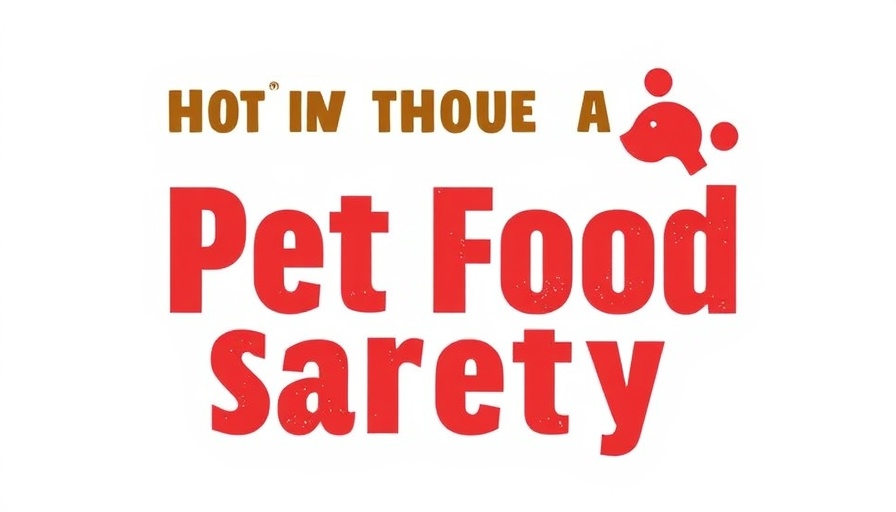
Understanding the Risks of Pet Food Safety
The troubling case of a dog tragically losing its life due to Kinetic pet food raises crucial questions about pet food safety and industry regulations. Within just 24 hours of consuming the food, the dog fell violently ill, and despite veterinary efforts, succumbed to the ailments two days later. While it was reported that the food in question was two months past its expiration date, experts caution against hastily attributing the cause of death solely to this factor. Dry pet food typically remains safe beyond the expiration date; however, contamination or improper handling can pose serious threats to our furry friends.
The Role of Manufacturers and Distributors
Kinetic Pet Food’s response to the incident has sparked concern among pet owners and advocates alike. Rather than taking full responsibility, Kinetic deflected blame to the distributor and supplier. They alleged that these parties failed to appropriately monitor inventories, allowing expired products to remain on the shelves. The lack of clarity surrounding the specific batch or lot numbers of the affected dog food further complicates this incident and raises ethical questions regarding transparency in the pet food industry.
The Urgency of Regulatory Compliance
Under existing regulations, manufacturers are required to report potential pet food contamination to the FDA within 24 hours. Distributors, however, do not face the same obligation, raising significant concerns about consumer safety. It is essential to understand that if Kinetic's food is indeed contaminated, the destruction of these products—prior to thorough testing—could prevent the identification of the problem, ultimately risking the lives of other pets. Pet owners must be vigilant and proactive, documenting cases of adverse reactions and reporting them to authorities like the FDA and local agricultural departments.
What Can Pet Owners Do?
Pet owners should be aware of the potential dangers posed by suspect pet foods. Investigating the origins of the food, checking expiration dates, and closely monitoring their pets for unusual symptoms can all contribute to better safety. Additionally, if your dog shows any signs of illness after eating a new brand of food, refrain from prolonging the consumption of the product, and seek veterinary assistance immediately.
The Importance of Pet Food Testing
The dog owners in this case took the necessary steps to send the suspect Kinetic pet food for testing. This action is crucial, as it helps gather evidence towards understanding what caused the dog's distress. It highlights a vital aspect of pet ownership—prioritizing the health and safety of our pets by actively participating in the discourse around pet food safety.
Preparing for the Future of Pet Food Safety
As consumers, it’s imperative that we push for stricter regulations surrounding pet food safety. Advocating for manufacturers to properly investigate claims linked to pet food contamination could prevent further tragedies. Also, supporting organizations dedicated to pet food safety can help elevate the standards within the industry. It is a shared responsibility—pet owners, manufacturers, and regulators alike must work in unison to ensure our pets are not only fed well but are also safe.
Final Thoughts and Community Impact
The case involving Kinetic pet food is a sobering reminder of the fragility of our pets’ health. As reports circulate regarding potential hazards in the pet food supply chain, communities must unite to discuss the importance of safety and transparency. Each pet owner has the power to advocate for their companion, urging regulatory bodies to enforce better practices and hold manufacturers accountable. Let’s turn this tragedy into a collective call for change. By staying informed and proactive, pet owners can safeguard their beloved animals and prevent future incidents like the one that led to this heartbreaking loss.
 Add Row
Add Row  Add
Add 


Write A Comment